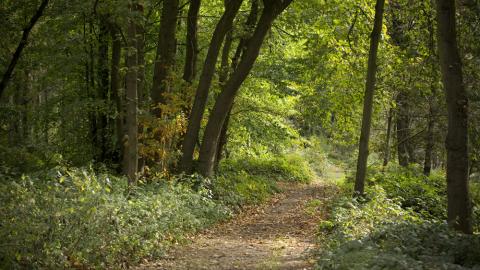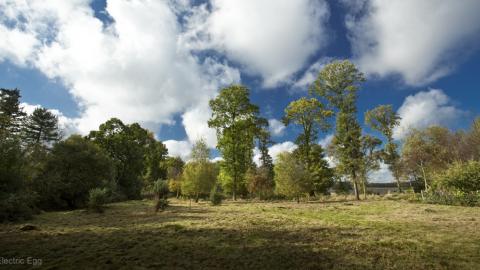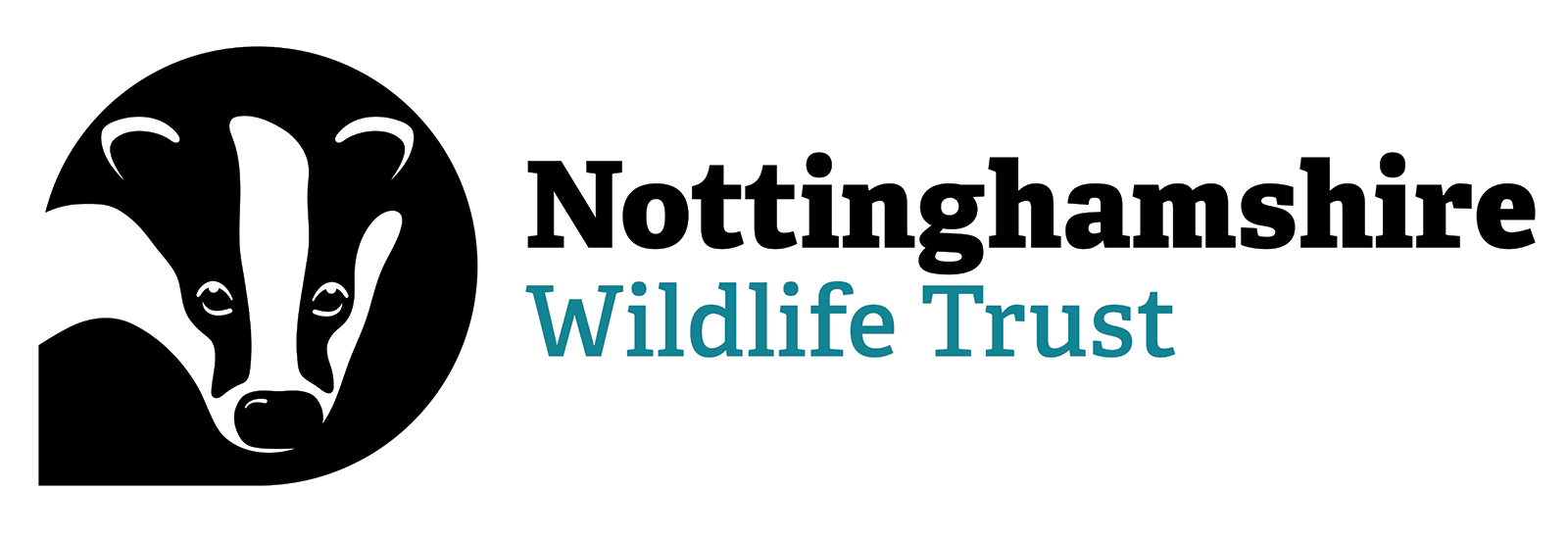

Foxcovert Plantation
Know before you go
Dogs
Please be wary of grazing sheep, dogs must be on a lead at all times
When to visit
Opening times
Open at all timesBest time to visit
April to JulyAbout the reserve
This site is a secondary mixed deciduous woodland believed to be on the site of part of the ancient Sherwood Forest. Over 30 common species of ground flora can be found here, including heath bedstraw and woodsage. In winter goldcrest, redpoll and long tailed tit can be seen with occassional sightings of woodpecker.
High numbers of fungal species and survey work on moths and other invertebrates suggest that the plantation was established on the site of ancient woodland. Some records are of species only found locally in Sherwood Forest woodlands, underlining the site’s heritage as part of this world-famous forest.
The main wood covers more than 7 hectares with oak and birch the principal species, together with sycamore, sweet chestnut, rowan, coppiced lime and several other species. The wood is linked by a grassy ride to two open areas of sycamore and acid grassland (Big Emily and Little Emily) bordered by a single line of poplars. Rhododendron and bracken dominate areas of open ground.
